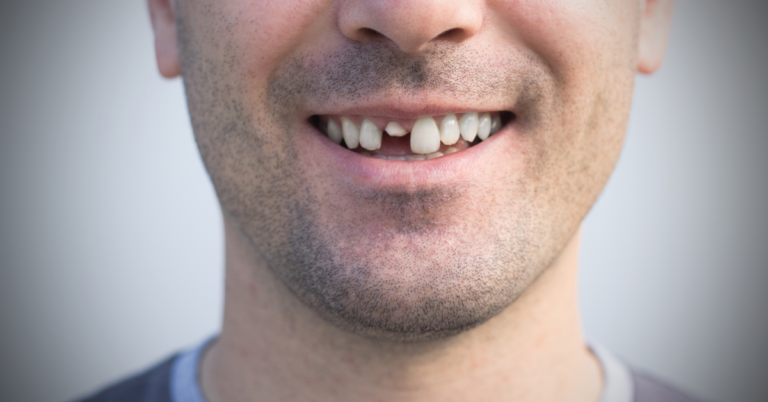Television shows and movies have a significant influence on public perceptions of healthcare. This influence extends beyond mere entertainment; it shapes how individuals understand health issues, view medical professionals, and even approach their own health. Understanding this impact is crucial for both healthcare professionals and audiences. For healthcare providers, being aware of how media shapes perceptions can help them better address patients’ concerns and expectations. Audiences, on the other hand, need to be mindful of the dramatized nature of these portrayals and how they may differ from real-life healthcare experiences.
The power of media in shaping opinions and knowledge about healthcare cannot be overstated. Shows and films often serve as primary sources of information for many people, especially regarding issues that are not frequently discussed in everyday conversations. They have the ability to normalize conversations about certain diseases, influence public opinion on healthcare policies, and even inspire people to pursue careers in healthcare. However, this influence also comes with responsibility. Misinformation and overly dramatized portrayals can lead to misconceptions and unrealistic expectations, impacting public trust in healthcare systems and professionals. Therefore, striking a balance between engaging storytelling and accurate representation is a critical challenge for creators of healthcare-related media content.
Accuracy vs. Drama in Medical Shows
While shows like “Grey’s Anatomy,” “ER,” “The Good Doctor,” and “House” strive for clinical accuracy, they often prioritize drama over reality. This leads to scenarios where complex medical cases are resolved within an episode’s time frame, far from the often lengthy and uncertain nature of real-life medical treatment. Viewers might then expect miraculous recoveries or cutting-edge treatments that are not standard in everyday healthcare. This discrepancy can cause frustration and misunderstandings when faced with the realities of medical treatment and recovery times.
Portrayal of Medical Professionals
The media often depicts healthcare workers as either heroic or flawed figures. While earlier portrayals showcased doctors as authoritative and infallible, modern narratives tend to present them as more multifaceted, balancing professional challenges with personal issues. This evolution reflects changing societal norms but can also lead to skewed expectations. For example, the compassionate, always-available doctor in a TV show contrasts sharply with the overburdened and time-constrained reality of many healthcare professionals, potentially leading to disappointment in actual healthcare experiences.
Understanding of Medical Procedures
Television and film can be powerful tools for educating the public about medical procedures, but they often sacrifice accuracy for drama. For example, CPR is frequently portrayed as more successful than it is, which can give a false impression of its effectiveness. Similarly, complex diseases are sometimes oversimplified, leading to misconceptions about their severity or treatability.
Perceptions of Illness and Disease
The way diseases and conditions are shown in media can significantly impact public perception. Mental health conditions, for example, are often misrepresented, either romanticized or portrayed as dangerously unstable. This can lead to stigma and misunderstandings about these conditions. This misrepresentation extends to physical illnesses as well. Cancer, for instance, is often portrayed in a tragic light, focusing heavily on the emotional turmoil and overlooking the complexities of treatment and survival rates. Rare diseases are frequently dramatized for their uniqueness, which can lead to a skewed public understanding of their prevalence and impact. On the flip side, common conditions like diabetes or heart disease are sometimes underrepresented or portrayed in a way that oversimplifies management and lifestyle changes. This imbalance in representation can create a public narrative that doesn’t align with medical realities, affecting how society views and responds to these illnesses.
Expectations of Healthcare Systems
Entertainment media often depicts healthcare systems as more efficient and resource-rich than they are in reality. This can lead to public dissatisfaction with real healthcare services, which are often constrained by budget, staffing, and systemic issues. Additionally, the portrayal of groundbreaking treatments as readily available can create false hopes regarding the accessibility of such treatments in everyday healthcare settings.
Impact on Patient Satisfaction
The gap between the idealized world of TV healthcare and the realities of actual medical care can lead to dissatisfaction among patients. When care doesn’t match the polished, instant solutions seen on screen, it can result in disillusionment and frustration with real-world healthcare experiences. This mismatch can also skew public perceptions of what constitutes quality healthcare.
Influence on Health Behaviors
The depiction of health behaviors in media, through “social learning,” can have a substantial impact on public health. For example, if a popular show portrays smoking as glamorous, it may influence viewers to perceive smoking more favorably. Conversely, positive depictions of healthy lifestyles, like regular exercise and balanced diets, can inspire viewers to adopt similar habits.
Healthcare as a Social Issue
TV shows and movies can act as catalysts for public discourse on healthcare issues. They have the power to highlight neglected health conditions, ethical challenges in medicine, or the impacts of policy changes on healthcare delivery. This can lead to increased public awareness and even influence policy debates and reforms.
It’s clear that the way TV shows and movies depict healthcare has a significant impact on how we perceive the medical world. From the heroics of doctors in dramas to the portrayal of diseases, these stories shape our expectations and understanding, often without us even realizing it. As viewers, it’s important to remember that while these portrayals can be informative and compelling, they are, at their core, a blend of reality and fiction designed for entertainment. For the storytellers behind these shows, the challenge is to strike a delicate balance – to captivate audiences while still portraying the complexities of healthcare accurately. So next time you find yourself engrossed in a medical drama, take a moment to think about the real world of healthcare – it’s just as dramatic, complex, and fascinating, but often not as seen on screen. Remember, the boundary between entertainment and reality is vital in shaping a well-informed perspective on health and medicine.





